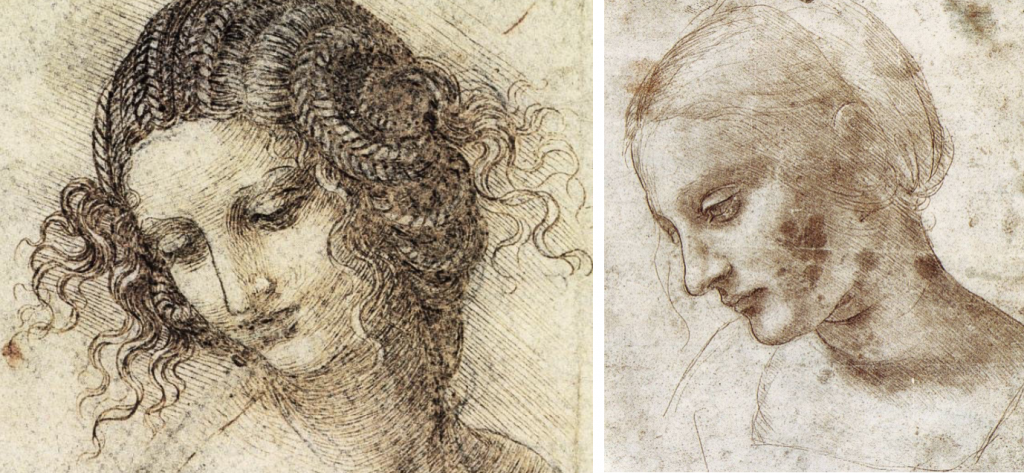da Vinci and the Renaissance 2019 (Italy) Dashboard
Participants
Description
 Led by Prof. Dino Franco Felluga (felluga@purdue.edu), da Vinci and the Renaissance is a fully cross-disciplinary study-abroad program that explores the transition from the medieval period to the Renaissance across multiple subjects (art, architecture, engineering, science), thus laying out how much of what we take for granted today about technology or about the human subject were implemented in this rich period, especially in Italy. The focus for the course will be that most famous “Renaissance man,” Leonardo da Vinci. The course’s interdisciplinary approach asks students to think about the constructed nature of the things we take for granted as “natural” (e.g., time, space, human subjectivity, meaning, sight, knowledge, and law), thus opening our eyes to the significance of cultural differences.
Led by Prof. Dino Franco Felluga (felluga@purdue.edu), da Vinci and the Renaissance is a fully cross-disciplinary study-abroad program that explores the transition from the medieval period to the Renaissance across multiple subjects (art, architecture, engineering, science), thus laying out how much of what we take for granted today about technology or about the human subject were implemented in this rich period, especially in Italy. The focus for the course will be that most famous “Renaissance man,” Leonardo da Vinci. The course’s interdisciplinary approach asks students to think about the constructed nature of the things we take for granted as “natural” (e.g., time, space, human subjectivity, meaning, sight, knowledge, and law), thus opening our eyes to the significance of cultural differences.
We finish in the last days of the course by flash-forwarding to our present century so we can consider not only how Renaissance thinking made possible a number of present-day developments (robotics and computing, for example), but also the myriad ways that we are now seeing a cultural, ontological, and epistemological shift that is as far-reaching as the one between the medieval period and the Renaissance. The Peggy Guggenheim Museum and the Venice Biennale will provide us with our artistic examples of so-called “postmodernism.”
Galleries, Timelines, and Maps
There is no content in this group.
Individual Entries
The Louvre Museum is the largest museum in the world, housed in what used to be the Louvre Palace, main residence of the king of France. It is a collection of over 38,000 pieces of art from all over the world. The art collection began in 1793 ass a public museum, with 500 pieces of art from the king's collection. Today, it boasts over 10 million visitors in a year, making it the most popular museum in the world as well. It has been the home of the Mona Lisa since Napoleon placed it in the collection. The Mona Lisa was stolen from the Louvre on August 21,1911, and it's theft ironically drew even more crowds that wished to stare at the empty space on the wall where the Mona Lisa had hung. When recovered in 1913, the museum became a must-see for people around the world, especially to see the Mona Lisa.
"History of the Louvre From Château to Museum." History of the Louvre | Louvre Museum | Paris. Louvre, n.d. Web. 21 May 2019.
Here, Da Vinci did is first works representing space as 3 dimensional and was possibly hired by the city itself to create maps for a canal. As Da Vinci's first home, Florence had a lasting impact on him and the work he did in cartography.
